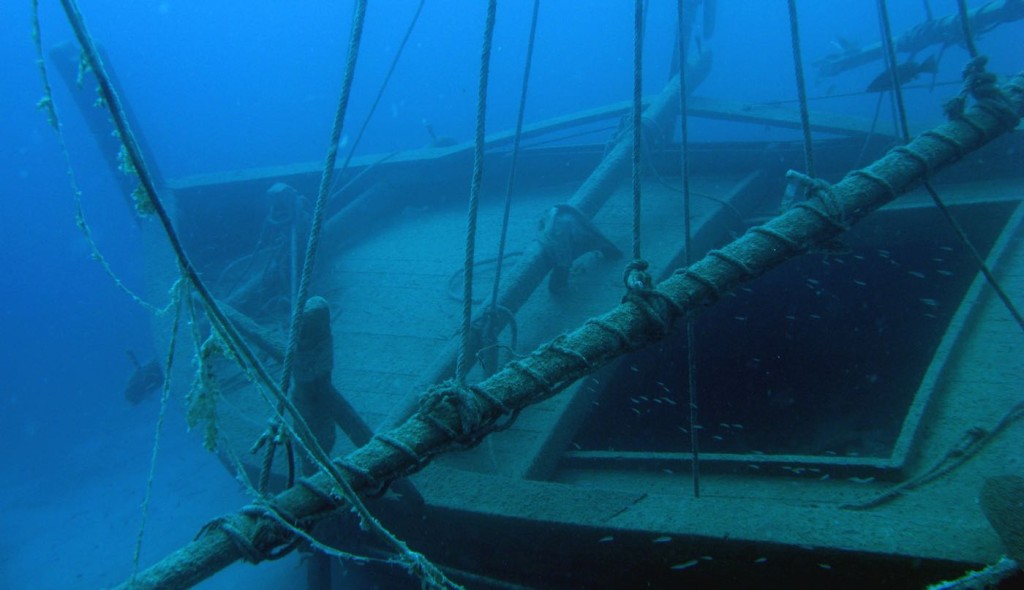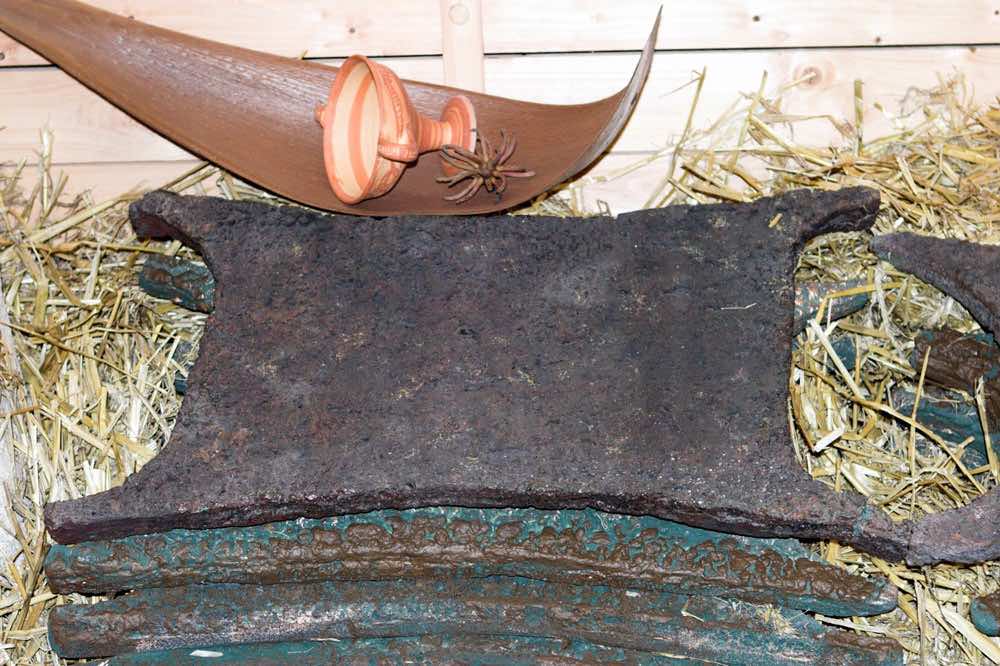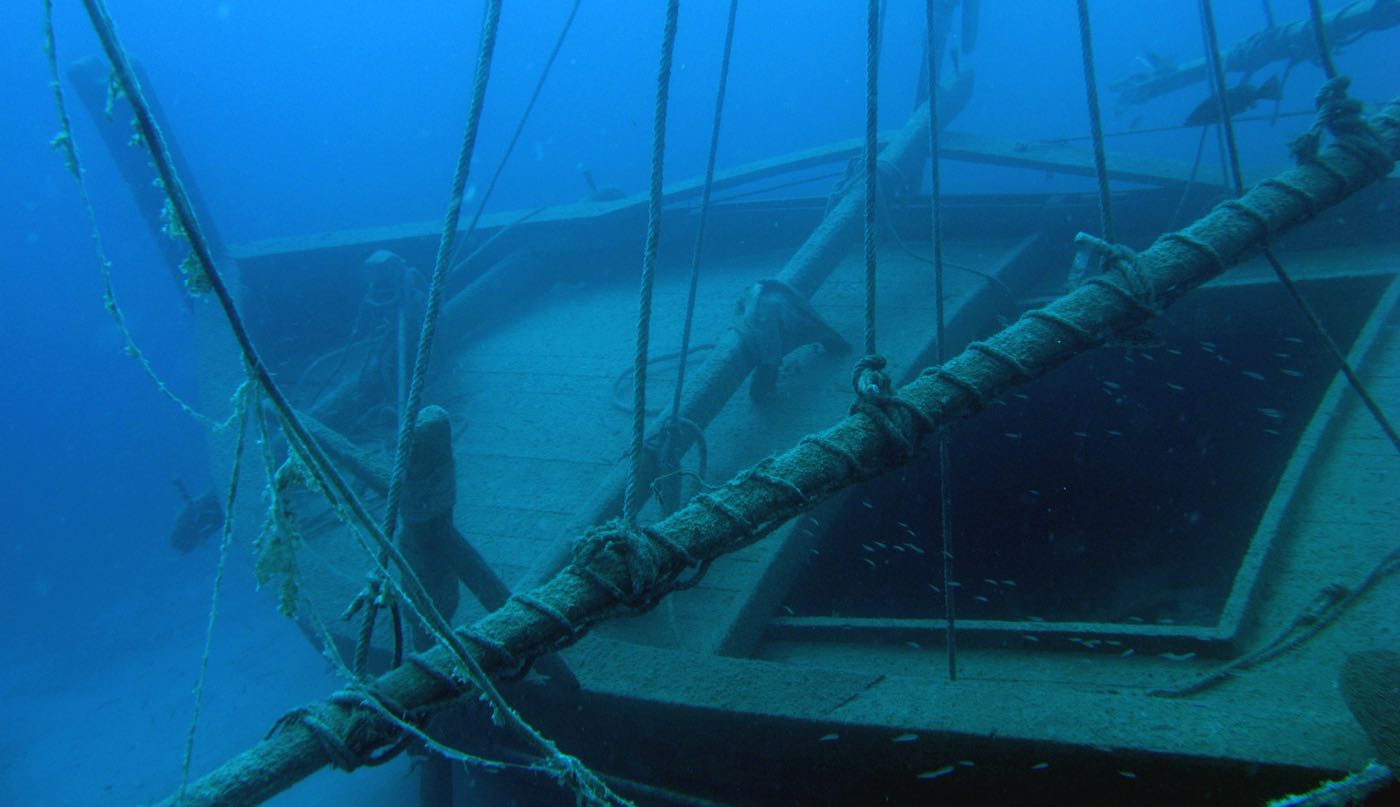
Cutting edge analysis of tin isotopes has shown that tiny tribes of pastoral nomads from modern-day Uzbekistan supplied a third of all the precious tin needed to make the bronze which fueled Ancient Mediterranean commerce.
Getting the tin from Uzbekistan to the Med involved a vast multi-regional, multi-vector trade network that bears comparison with our own time—3,500 years after it was developed.
In the year 1,320 BCE, a ship left port at modern-day Haifa loaded with copper and tin—the two metals needed to make bronze—the hi tech of the era. The ship was wrecked in a storm, and when discovered in 1982, became the world’s largest Bronze Age collection of raw metals ever found, and a brilliantly-preserved, international treasure of marine archeology.
Called the “Uluburun shipwreck” the new research showed that while two-thirds of the tin onboard was mined in the Taurus Mountains within the vast empire of the Hittites, in modern day Turkey, one-third came from mines thousands of miles away in Uzbekistan, a land believed to be inhabited by monsters and tribes of barbarians called “the horde from who-knows-where.”
“To put it into perspective, this would be the trade equivalent of the entire United States sourcing its energy needs from small backyard oil rigs in central Kansas,” said Michael Frachetti, professor of archeology at Washington University St. Louis, and lead author of the study that utilized the new tin isotope data.
The terrain between Mušiston mine in Uzbekistan passes through Iran and Mesopotamia, and would have featured a mixture of rugged ground and mountains, no doubt filled with potential bandits, which would have made it extremely difficult to pass tons of heavy metal.
“It appears these local miners had access to vast international networks and, through overland trade and other forms of connectivity, were able to pass this all-important commodity all the way to the Mediterranean,” Frachetti said.

Adding to the mystique is the fact that these small-scale local communities of free laborers were able to negotiate within a vast, disparate network that relied as much on the participation of communities like them as on supposedly hegemonic institutions of large, centralized states. It relied on inter-lingual, inter-cultural, and inter-geographic exchange, and really brings ancient commerce alive with all the complexities of our modern times.
Copper was commonly found all over the Ancient Near East, but tin was much rarer, and the loss of the ship would have devastated the respective merchant(s) business. Had it not been lost to sea, that metal would have been enough to outfit a force of almost 5,000 Bronze Age soldiers with swords.
SIMILAR: Ancient 3,000 Year-old Canoe Discovered Beneath Wisconsin Lake Carved From Single Piece of Oak
Today, rare commodities and trade disruptions are common topics—from chip and natural gas shortages to disruptions in the grain supply. These are conversations that Scythian barbarians, who practiced polyamory and drank liquor from the skulls of their defeated enemies, could have just as easily had with Hittite tin brokers on the shores of the Mediterranean, as with floor-traders on Wall Street.
“With the disruptions due to COVID-19 and the war in Ukraine, we have become aware of how we are reliant on complex supply chains to maintain our economy, military and standard of living,” Wayne Powell, professor of earth and environmental sciences at Brooklyn College and a lead author on the study.
“This is true in prehistory as well. Kingdoms rose and fell, climatic conditions shifted and new peoples migrated across Eurasia, potentially disrupting or redistributing access to tin, which was essential for both weapons and agricultural tools.”
SHARE This Big Discovery With Your Archeologically-Inclined Friends...




















